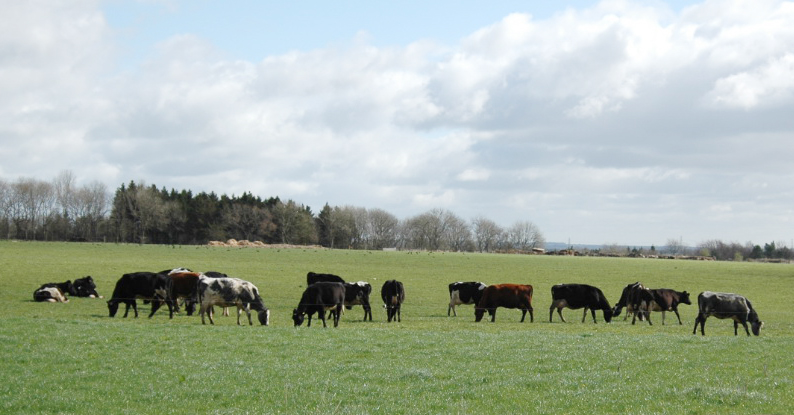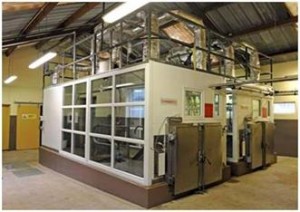 SOLID SCIENCE: Contrasting genotypes of dairy cows can use feed energy with similar efficiencies for milk production, but they require more energy for maintenance of basal activities when managed under low than high input systems. This result needs to be implemented in practice to improve production efficiency and reduce environmental footprint.
SOLID SCIENCE: Contrasting genotypes of dairy cows can use feed energy with similar efficiencies for milk production, but they require more energy for maintenance of basal activities when managed under low than high input systems. This result needs to be implemented in practice to improve production efficiency and reduce environmental footprint.
By Dr. Tianhai Yan
A dairy cow needs enough nutrients to meet her requirements for basal activity, milk production, body weight gain and pregnancy. These demands are determined by calculation of amount of feed energy requirements using dairy cow energy rationing systems.
The largest requirement for a lactating dairy cow is for milk production – the requirement is estimated from milk energy output and the efficiency of utilization of metabolisable energy (ME) for lactation (kl). The next major demand is for maintenance of basal activity which is quantified as ME requirement for maintenance (MEm).
Energy rationing systems currently adopted across Europe are developed for the ‘average’ dairy production in a national herd level. These systems may not be fully applicable for dairy cows managed under low input and organic dairy farming. Tasks 2.4 and 3.3 of this SOLID project were therefore designed to evaluate if there was any difference in energy utilization between Holstein-Friesen (HF) and other genotypes of dairy cows and between low and high input systems, respectively. The data used to address these objectives were derived from 1050 respiration calorimeter measurements at the Agri-Food and Biosciences Institute (AFBI) in UK. Calorimeter chambers can be used to accurately measure energy intake and outputs including heat production and methane energy output.
The objective of Task 2.4 was to evaluate the effects of cow genotypes on MEm and kl values. The first test was to compare these two variables between Norwegian Red cows (NRC) and HF crossbred with NRC or Jersey. The statistical analysis found that the average MEm and kl values were similar between the two genotypes. The data from HF crossbred and NRC were then pooled and subsequently used to compare with HF dairy cows. The statistical analysis also reported no significant difference in MEm or kl between the two groups. These results indicate that when cows are fed for a similar level of milk production, HF crossbred and NRC cows can use feed energy with a similar efficiency to HF cows.
The task 3.3 was designed to evaluate if there was any significant difference in MEm or kl for dairy cows managed under different input systems. The whole AFBI calorimeter dataset was divided into four groups according to forage proportion in the diet (FP, dry matter basis), namely FP<30%, FP=30-59%, FP=60-99% and FP=100%. The statistical analysis demonstrated that while kl values remained similar among the 4 groups, increasing dietary FP significantly increased MEm values although the difference between FP=60-99% and FP=100% did not reach significance. The cows offered high forage diets may spend more time and effort for feed intake and rumination, and thus require more energy to maintain their basal activity when compared with those offered high concentrate diets.

The results from these two tasks demonstrate that dairy cows managed under low input or organic farming regimes may require more feed energy for maintenance of their basal activity than those reared in high input systems.
Using the current energy feeding systems to ration dairy cows managed under low input systems may somewhat underestimate their feed requirement.
There is a need to upgrade the current energy rationing systems to implement the present finding for low-input and organic dairy farming.
